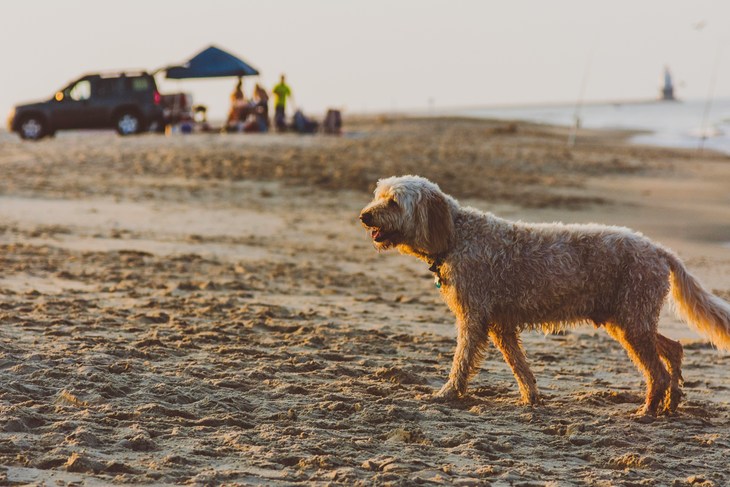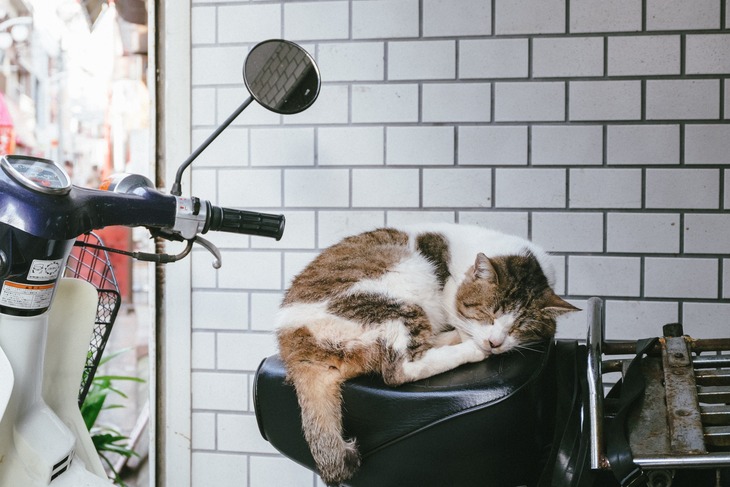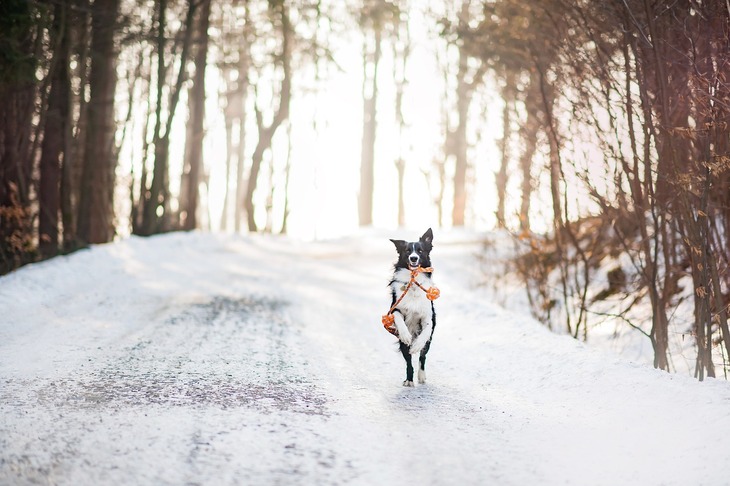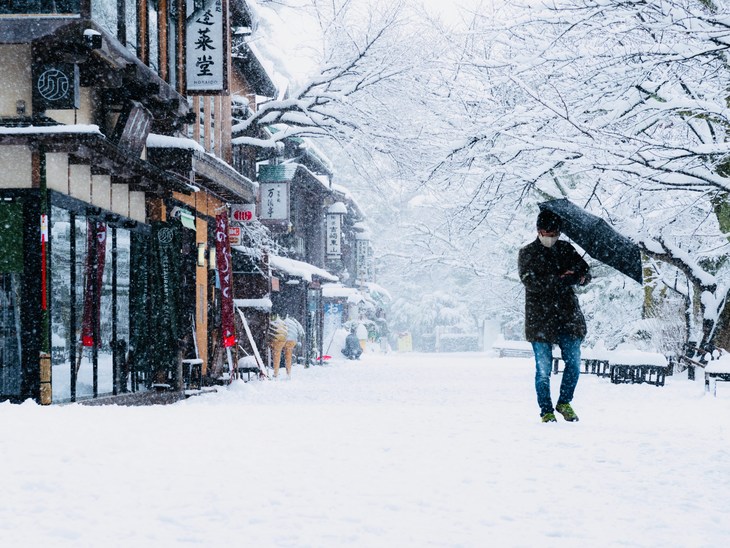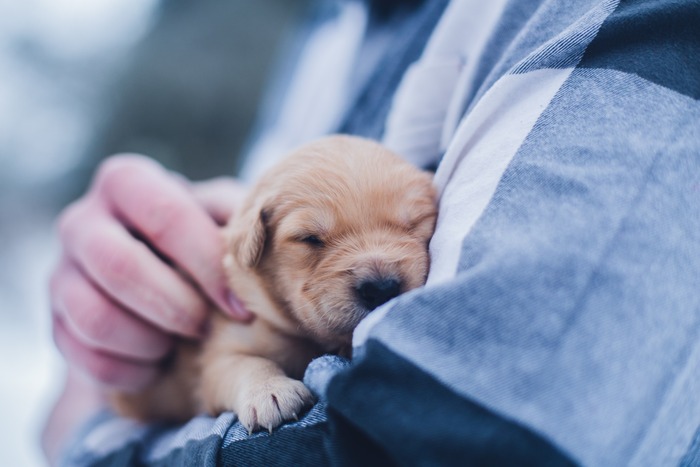How to Protect Your Pets from Japan's Hot and Humid Summer
Summers in Japan can be tough on people, but they're especially hard on pets. With high temperatures and extreme humidity, even a short time outdoors or in a stuffy room can put animals at serious risk of heatstroke or illness.
Here's what you need to know to keep your furry (or feathered) family members safe, cool, and comfortable this summer in Japan.
What Japanese Summers Are Like for Pets
In many parts of Japan, daytime temperatures regularly exceed 30°C (86°F), and humidity levels often rise above 70%. Animals can't sweat like humans, which makes it harder for them to regulate their body temperature. As a result, pets are particularly vulnerable to heatstroke.
In cities like Tokyo or Osaka, the urban heat island effect causes even more problems. Asphalt and concrete surfaces absorb and radiate heat, making sidewalks hot enough to burn a dog's paw pads during a walk.
Sudden weather changes are also common, with afternoon thunderstorms or temperature shifts that can stress sensitive animals. Meanwhile, summer also brings an increase in fleas, ticks, and mosquitoes, putting pets at risk of skin issues and diseases such as heartworm.
Tips to Keep Pets Cool and Comfortable
Here are some simple but effective ways to help your pet stay safe in summer in Japan:
1. Keep Indoor Temperatures Stable
Use air conditioners or fans throughout the day, even if you're not home. Aim to keep rooms around 25-28°C (77-82°F). Cooling mats or pet-safe gel packs can also help.
2. Walk at the Right Times
Avoid walking your dog during the hottest hours of the day. Early mornings and after sunset are best. Try the "5-second rule" to test if it is okay to go for a walk: if it's too hot to keep your hand on the pavement for 5 seconds, it's too hot for your dog's paws.
3. Make Sure They Stay Hydrated
Provide clean, fresh water at all times. Adding a few ice cubes can encourage pets to drink more, especially in dry indoor air.
4. Practice Regular Grooming
Brush your pet frequently to improve airflow through their fur, helping them avoid overheating. Some breeds may benefit from light trimming, but avoid shaving too short, especially for cats or double-coated dogs, as this may increase the risk of sunburn or heatstroke.
5. Protect Against Insects
Use vet-approved tick, flea, and mosquito preventatives. Use screen doors and window screens, and avoid tall grass or wooded areas on walks.
6. Provide a Calm, Safe Space
Fireworks and summer storms can trigger anxiety in pets. Prepare a quiet, dark area where your pet can retreat if they feel stressed.
What to Do If Your Pet Feels Unwell
Keep an eye out for changes in behavior or appetite. If your pet seems off, take note of when symptoms started and how they've progressed.
Watch for Signs of Heatstroke
These include heavy panting, drooling, lethargy, collapse, vomiting, or diarrhea. If you notice any of these symptoms, move your pet to a cool place immediately. Offer cool (not ice-cold) water, and use lukewarm water or a damp towel to help bring their temperature down. Do not use ice water, which may cause shock. Contact a vet right away.
If symptoms worsen or do not improve within a few hours, don't wait. Seek medical attention.
It's a good idea to keep a list of nearby veterinary clinics handy, including those that operate 24 hours in case of emergencies. In Japanese, search for "動物病院" (dōbutsu byōin) or try English-friendly apps or maps in a pinch.
You can also find information about vets in the Tokyo area in our article here.
When to Take Your Pet to the Vet
Here are some signs that indicate your pet may need professional medical care:
Signs of Heatstroke or Dehydration
-
Excessive panting or drooling
-
Bright red or pale gums
-
Rapid heartbeat
-
Vomiting or diarrhea (especially with blood)
-
Loss of balance or collapse
Gastrointestinal Symptoms
-
Not eating or drinking for over 24 hours
-
Repeated vomiting
-
Persistent diarrhea
-
Swollen or hard abdomen
Skin or Coat Issues
-
Intense scratching or licking
-
Sudden fur loss or skin redness
-
Visible parasites or rashes
Respiratory Problems
-
Wheezing, coughing, or labored breathing
-
Blue or pale gums or tongue
Behavioral Changes
-
Lethargy or sudden hyperactivity
-
Disorientation or staggering
-
Hiding, aggression, or other unusual behavior
If you don't speak Japanese fluently, bringing a translation app or writing down common phrases in Japanese can be a big help during emergencies. For example:
"My dog has been vomiting since yesterday." → 「昨日から犬が吐いています」
Summer Products That Help Keep Pets Safe
There are many heat-prevention products for pets available in Japan:
Cooling Mats (ひんやりマット)
Stay cool without electricity. These mats help lower body temperature and are easy to place in pet beds or crates.
Cooling Vests or Bandanas
Made from moisture-retaining fabrics or cooling gels, these wearable items can be used during walks or indoor play.
Automatic Water Dispensers
Ensure pets always have access to clean water, even when you're not home.
Pet-Friendly Air Conditioners or Fans
Programmable units with timers help regulate room temperature throughout the day.
Cooling Houses or Shade Tents
Made from breathable or reflective materials, these give your pet a shaded, well-ventilated space to rest.
Smart Pet Cameras with Temperature Alerts
Monitor both your pet and room temperature remotely. Some models even let you talk to your pet or dispense treats from your phone.
Stay Safe This Summer
Japan's summer climate can pose real dangers for pets, but with the right precautions, you can keep them safe and healthy. Be proactive, pay attention to changes, and don't hesitate to contact a vet if something feels off. Your pet is counting on you to help them stay happy and healthy this summer.














